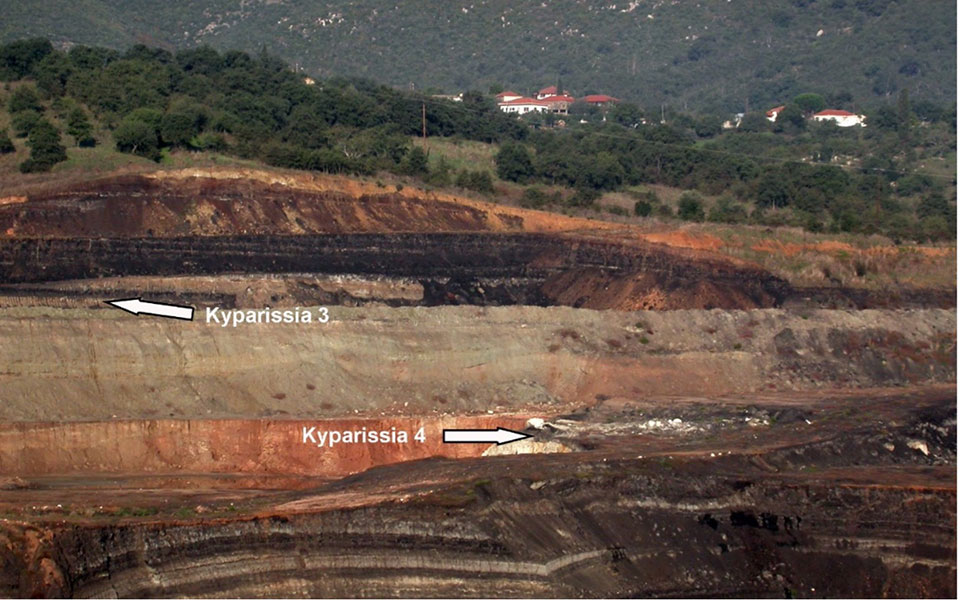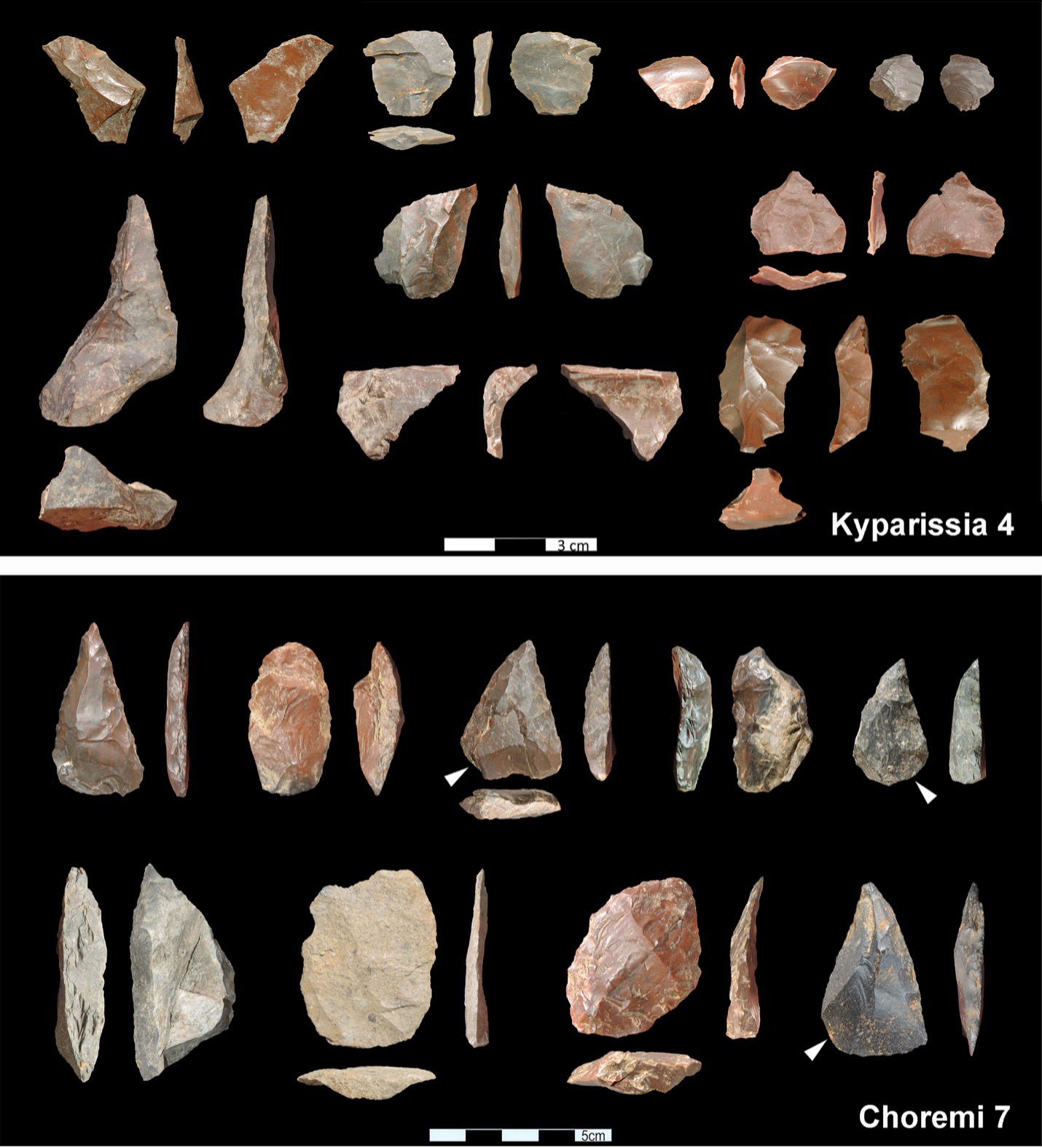
An approved five-year program of ground and geoarchaeological research in the Megapolis of Arcadia with the aim of discovering Paleolithic sites in the area of the Megapolis lignite mine, as well as studying and presenting the paleoecological conditions and geological evolution of the basin and paleolake in which lignites were created.
According to his announcement Ministry of Culture and Sportsfive new sites discovered in the Megapolis lignite mine preserve cultural and faunal remains in a stratigraphic context and offer a unique opportunity to explore human behavior over time, during an important period in the history of human evolution and in an area that has so far been little explored.

As already noted, a preliminary study of paleoecological and paleoclimatic indicators shows that all sites were found under the conditions of ice ages, and in fact, chronologically located in almost all ice ages of the Middle Pleistocene. These finds show that the Megapolis Basin was one of the southernmost ecological sanctuaries in Europe during the Ice Ages.
The program is a collaborative study by Ephorate Paleoanthropology-Speleology (EPS) and the American School of Classical Studies (ASCS) led by Dr. J. E. Panagopoulou-Karampel (on behalf of EPS), Dr. P. Carcana (ASKS) and prof. K. Harvati (Tübingen University). The project was funded by the European Research Council (Human Evolution at the Crossroads programme).

As a result of a systematic surface survey of artificial slopes and excavations of a lignite mine formed as a result of PPC mining, five new archaeological sites have been identified, including the oldest dated archaeological site of the Lower Paleolithic in Greece (about 700 thousand years ago), as well as the oldest Middle Paleolithic site in Greece and one of the oldest in Europe (about 280 thousand years ago). A variety of methods and novel methods have been used to date the sites, including paleomagnetism, optical luminescence, electron spin resonance, radioactive uranium series, and cosmogenic radionuclides, as well as biostratigraphic and lithostratigraphic analyzes and correlations.
The oldest identified monument is Kyparissia 4, which dates back to about 700 thousand years ago and is located about 70 meters below the modern surface of the earth (before mining began). The site contains Lower Paleolithic stone artifacts, as well as the remains of extinct animals such as giant deer (Praemegaceros), hippo, rhinoceros, elephant, and macaque tooth.

At the nearby stratigraphically younger site of Kyparissia 3, mostly elephant bones associated with stone tools were found. At the Maratusa 2 site dating back about 450 thousand years ago, along with the remains of stone tools, a part of the skeleton of a hippopotamus with traces of cuts was found, which is a rare example of the exploitation of hippos in Pleistocene Europe.
Important is the Tripotamos 4 site, which is about 15 meters below the current surface. This site dates back to about 400 thousand years before today and is characterized by a relatively large concentration of stone tools, which are new elements in stone processing techniques compared to older sites, which makes this site an important stage in the technological developments of the late Lower Paleolithic. .
Finally, the Choremi 7 site was discovered in the upper part of the geological sequence, about 8 meters below the modern surface and dates back to about 280 thousand years. The stone carving of the site includes typological and technological features of the Middle Paleolithic. The faunistic complex of the site consists mainly of bone fragments, mainly deer, some of which bear traces of human processing.
Source: Kathimerini
Ashley Bailey is a talented author and journalist known for her writing on trending topics. Currently working at 247 news reel, she brings readers fresh perspectives on current issues. With her well-researched and thought-provoking articles, she captures the zeitgeist and stays ahead of the latest trends. Ashley’s writing is a must-read for anyone interested in staying up-to-date with the latest developments.